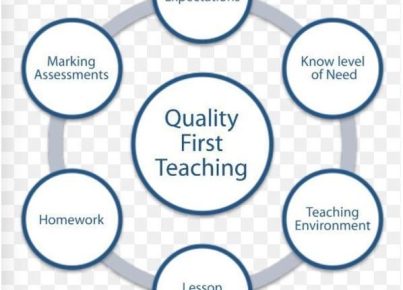As a teacher, I know it is imperative to create an inclusive and respectful learning environment for all my students. With growing diversity in classrooms, I have realized the importance of discussing and embracing cultural differences. This year, I have decided to speak to my students about my headscarf, an essential part of my identity, in order to promote understanding and foster inclusivity in our classroom.
The headscarf, or hijab, is a piece of clothing worn by many Muslim women as a symbol of modesty and religious observance. It can be worn in various styles and colors, depending on personal preferences. Despite the fact that millions of women worldwide wear this garment, it continues to be surrounded by misconceptions and stereotypes.
Addressing the topic of my headscarf with my students will serve several purposes:
1. Facilitate open dialogue: Igniting conversations about topics like cultural and religious differences allows us to develop mutual understanding, respect, and empathy. By sharing my experiences and reasons for wearing a headscarf, I encourage students to ask questions and express their thoughts without fear or hesitation.
2. Dispel stereotypes: Engaging in honest conversations can help address negative stereotypes by challenging misconceptions around headscarves and the women who wear them. This activity presents an opportunity for me to educate my students on the significance behind the headscarf and what it means to those who choose to wear it.
3. Promote inclusion: Addressing diversity-related topics like religion or culture can increase students’ awareness of marginalized groups in our society. By discussing the reasons behind wearing a headscarf or other cultural practices, we develop pathways towards inclusion so that everyone feels seen, understood, and valued.
4. Encourage respect & tolerance: Speaking openly about our unique identities helps promote a respectful learning environment where individuals feel comfortable sharing their viewpoints and experiences. By fostering mutual respect, we are cultivating a classroom culture in which diversity is celebrated and tolerance prevails.
5. Support individual expression: Conversations about personal identity can encourage others to express their thoughts and ideas without fear of judgment. By openly discussing the significance of my headscarf, I aim to empower my students to express themselves openly too, fostering an environment where everyone feels valued for who they are.
By engaging in meaningful conversations about my headscarf with my students this year, I hope to create new avenues for understanding and to foster an inclusive, supportive classroom environment. As educators, it is our responsibility to cultivate a space where all students feel secure and respected, regardless of their cultural or religious background.





